
Everyday Economics - Grade 4
- Subject:
- Social Science
- Material Type:
- Lesson Plan
- Date Added:
- 08/01/2022
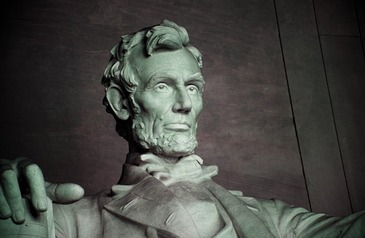

Everyday Economics - Grade 4

Pilgrims of Plymouth - Grade 4

Rule of Law - Grade 4

African American Migration - Grade 5

Andrew Carnegie - Grade 5

Changes in Society - Voting - Grade 5

Child Labor - Grade 5

Economic Change - Henry Ford - Grade 5

End of World War II - Grade 5

Indian Removal Act - Grade 5

Louisiana Purchase - Grade 5

Space Race - Grade 5

Woman Suffrage - Grade 5
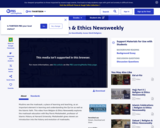
This video from Religion & Ethics Newsweekly gives a primer on the history and evolution of madrasahs, institutes of higher learning in Islamic studies.

Joyce Pendleton and her brother Benjamin Pendleton give a glimpse into the Cansayapi makaćhèga resurgence and classes for community members and youth.
A lesson plan for grades 7-12 is included as a gallery asset and in the support materials.
More About This Resource:
Postcards is an award-winning series showcasing the arts, history, and cultural heritage of western Minnesota and beyond. Funding for Postcards comes from the Minnesota Arts and Cultural Heritage Fund. To watch more Postcards, visit the show page or video portal.
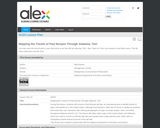
During this lesson, students will recount a Paul Bunyan tall tale, an entertaining way to identify bodies of water and landforms in the United States. Although Paul Bunyan's Tales did not focus on Alabama, students will create their own narratives after viewing photographs of major mountain ranges, rivers, and lakes throughout Alabama (ACOS 3.2). This lesson will utilize ol der maps of the United States and Alabama, which are used to remind us that this folk tale was handed down orally until the early 1900s when a newspaper printed several accounts of the tall tale. This lesson was created in partnership with the Alabama Department of Archives and History.
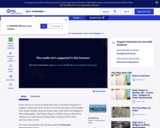
In this video segment from Religion & Ethics Newsweekly, learn about the daily prayer rituals of the Muslim faith and their significance in the life of a Muslim living in America.
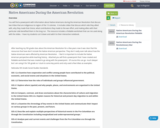
You will find a powerpoint with information about Native Americans during the American Revolution that discuss two tribes that are indigenous to region of the 13 colonies. It includes slides that discuss which side they allied with, why they made that choice, what contributions they made to the war effort, and making allies with their particular side benefited them in the long run. The resource includes a foldable worksheet that can me used along with the slides. I have my students cut it down and add it to their interactive notebook.

In this lesson, students will research one Native American group from each of the six main biomes in North America. Students will use their developing technology and language arts skills to find reliable sources on the internet, evaluate and integrate information from these texts, select a suitable digital platform to share their findings, and create a cohesive presentation showcasing their mastery of the learning outcomes. Students will discover the climate, landforms, water, and other natural resources available within each region and how they were used by the natives living there. Students will explore the relationships between the cultures found within each region and its resources. This unit was created as part of the ALEX Interdisciplinary Resource Development Summit.
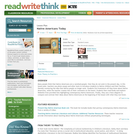
This lesson challenges students' views of Native Americans as a vanished people by asking them to compare their prior knowledge with information they gather while reading about contemporary Native Americans.